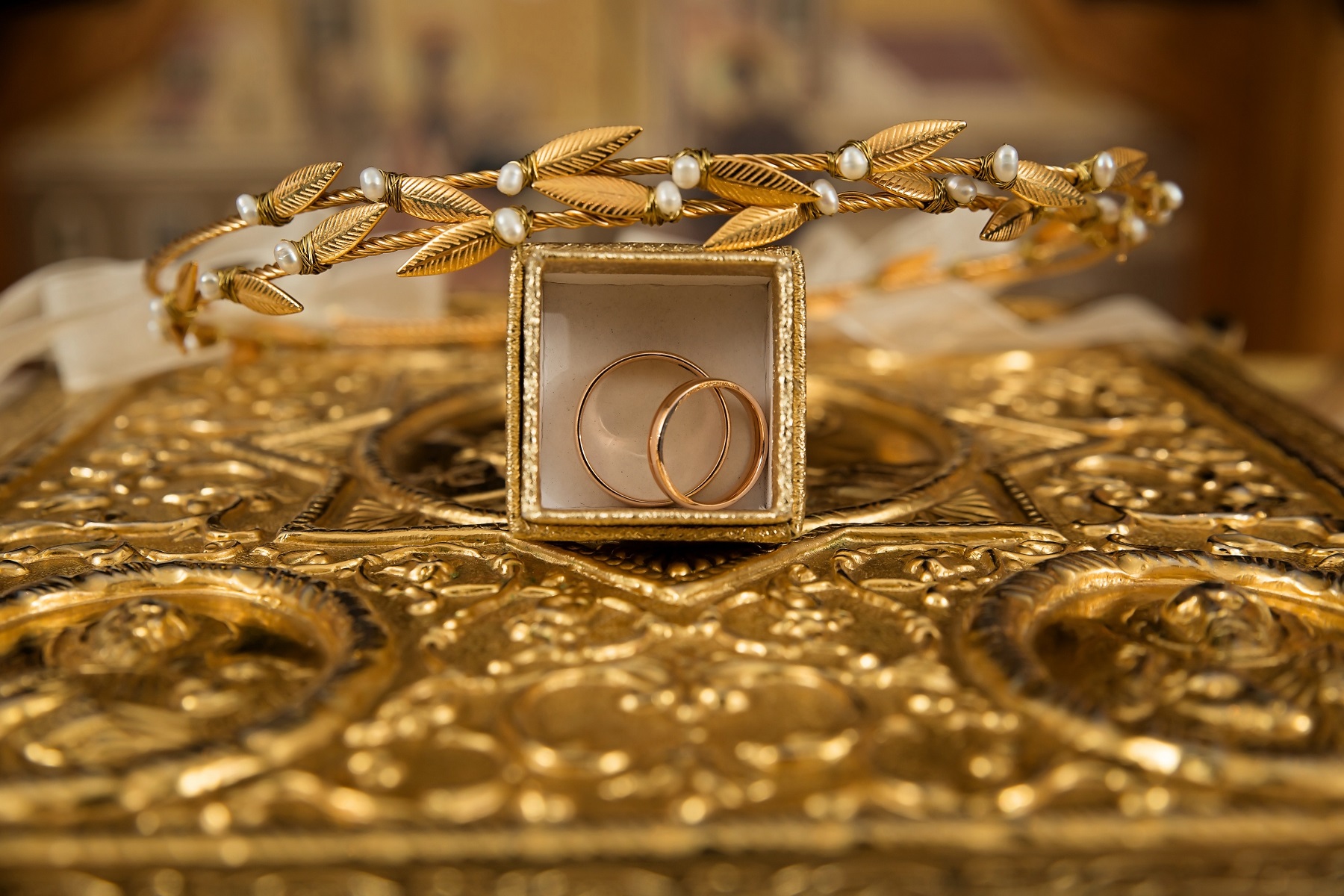
Sustainability Efforts in the US Jewelry Manufacturing Industry
Sustainability efforts in jewelry manufacturing in the US have been gaining momentum in recent years. Consumers are becoming more environmentally conscious and seeking out ethically and sustainably made products. The jewelry industry has responded by adopting eco-friendly practices and implementing sustainable initiatives in its manufacturing processes.
Sustainable Materials
One way that jewelry manufacturers promote sustainability is by using sustainable materials. This includes recycled precious metals, ethically sourced gemstones, and other eco-friendly materials. Recycled precious metals, such as gold and silver, are recovered from old jewelry, electronic waste, and industrial byproducts. These metals are then refined and reused in new jewelry pieces. By using recycled metals, jewelry manufacturers can reduce the environmental impact of mining and lower carbon emissions.
Ethically sourced gemstones are also becoming more popular in the jewelry industry. These gemstones are mined in a socially and environmentally responsible way. This includes ensuring fair labor practices, minimizing environmental impacts, and supporting local communities. The Responsible Jewellery Council (RJC) is an organization that certifies jewelry manufacturers who adhere to ethical and sustainable practices. The council promotes responsible sourcing of precious metals and gemstones and advocates for better working conditions and environmental standards in mining operations.
Eco-Friendly Manufacturing Processes
Jewelry manufacturers are also implementing eco-friendly manufacturing processes to reduce their environmental impact. This includes reducing water usage, using renewable energy sources, and minimizing waste. For example, some manufacturers use closed-loop water systems that recycle and reuse water in their manufacturing processes. Others use renewable energy sources, such as solar or wind power, to power their facilities. Jewelry manufacturers can lower their carbon footprint by reducing their energy consumption and carbon emissions and promoting sustainability.
Some manufacturers are also implementing zero-waste initiatives in their manufacturing processes. This includes recycling scrap metals and reusing materials in new jewelry pieces. By reducing waste and promoting circularity, jewelry manufacturers can reduce their environmental impact and contribute to a more sustainable future.
Eco-Friendly Packaging
In addition to sustainable materials and manufacturing processes, jewelry manufacturers adopt eco-friendly packaging. This includes using recycled or biodegradable packaging materials and reducing packaging waste. Some manufacturers use sustainable alternatives to traditional jewelry boxes, such as reusable cloth pouches or paper packaging. By reducing packaging waste, jewelry manufacturers can minimize their carbon footprint and promote sustainability.
A good example is the jewelry-making supplies store Xinar, based in Graton, California. Xinar reduces its carbon footprint by minimizing plastic waste and consolidating orders into neater, smaller packages that are no less durable and safe for products.
Certifications and Standards
To promote sustainability in the jewelry industry, several organizations have established certifications and standards that jewelry manufacturers can adhere to. This includes the Responsible Jewellery Council, certifying manufacturers who follow ethical and sustainable practices. Other certifications and standards include the Fairtrade Gold Standard, which ensures that gold is sourced from responsible small-scale mining operations, and the Kimberly Process Certification Scheme, which aims to prevent the trade of conflict diamonds.
Consumer Education
Finally, consumer education is important in promoting sustainability in the jewelry industry. By educating consumers about the environmental and social impacts of jewelry manufacturing, consumers can make informed decisions and support sustainable practices. Some jewelry manufacturers provide information about their sustainability initiatives on their websites or in-store, which can help consumers make more environmentally friendly choices.
Challenges and Opportunities
While sustainability efforts in the jewelry industry have made significant progress, challenges still need to be addressed. One of the biggest challenges is the lack of transparency in the supply chain. It can be difficult for jewelry manufacturers to trace the origin of their materials and ensure that they are ethically and sustainably sourced. However, blockchain technology is being explored as a potential solution. Blockchain technology can provide transparency and traceability in the supply chain, allowing consumers to track the journey of their jewelry from mine to store.
Another challenge is the high cost of sustainable materials. Recycled metals and ethically sourced gemstones can be more expensive than traditional materials, making sustainable jewelry less accessible to some consumers. However, as sustainability becomes more mainstream and demand for sustainable jewelry increases, the cost of sustainable materials may decrease.
Despite these challenges, sustainability efforts in the jewelry industry present significant opportunities for growth and innovation. By promoting eco-friendly practices and using sustainable materials, jewelry manufacturers can differentiate themselves in the market and appeal to environmentally conscious consumers. Moreover, by adopting sustainable practices, the jewelry industry can contribute to a more sustainable future and positively impact the environment and society.
Read: Latest Escape Room Technology and Puzzle Mechanics
What Are Some Of The Challenges That Jewelry Manufacturers Face In Implementing sustainable practices?
Jewelry manufacturers face several challenges in implementing sustainable practices. These challenges can include:
Cost
One of the biggest challenges is the cost of sustainable materials and manufacturing processes. Sustainable materials often come at a higher cost than traditional materials, making it difficult for manufacturers to adopt sustainable practices without increasing prices. This can be a barrier for consumers who may not be willing or able to pay a premium for sustainable jewelry.
Supply chain transparency
Another challenge is ensuring supply chain transparency. It can be difficult for jewelry manufacturers to trace the origin of their materials and ensure that they are ethically and sustainably sourced. This is particularly true for materials like diamonds and other gemstones, which can be sourced from conflict zones or countries with poor labor practices.
Limited availability of sustainable materials
Some sustainable materials, such as recycled precious metals and ethically sourced gemstones, may be unavailable or in limited supply. This can make it difficult for manufacturers to source these materials in the quantities they need to produce their jewelry.
Technical challenges
Adopting sustainable practices can require significant changes to manufacturing processes and techniques. This can be challenging for manufacturers who may not have the technical expertise or resources to make these changes.
Consumer demand
While consumer demand for sustainable jewelry is growing, it may not yet be widespread enough to drive significant change in the industry. This can make it difficult for manufacturers to justify the investment required to adopt sustainable practices.
Education and Awareness
Finally, educating consumers about the importance of sustainable jewelry and the environmental and social impacts of the industry can be a challenge. Many consumers may not be aware of the issues surrounding jewelry manufacturing and may not prioritize sustainability when making purchasing decisions.
Despite these challenges, jewelry manufacturers have many opportunities to adopt sustainable practices and promote environmental and social responsibility in the industry. By addressing these challenges and working together, the industry can create a more sustainable future for jewelry manufacturing.
What Sustainable Materials Do Jewelry Manufacturers Use?
Jewelry manufacturers can use several sustainable materials in their production processes. Here are a few examples:
Recycled Precious Metals
Jewelry manufacturers can use recycled precious metals like gold, silver, and platinum in their jewelry. These metals are often sourced from old jewelry, electronic waste, and industrial byproducts and then refined and reused in new jewelry pieces. Manufacturers can reduce the need for mining and lower carbon emissions by using recycled metals.
Fairmined Gold
Fairmined gold is a certification that ensures that gold is mined in a socially and environmentally responsible way. It ensures that the miners receive fair wages, work in safe conditions, and protect the environment from harmful mining practices. Jewelry manufacturers can use Fairmined gold to create ethical and sustainable jewelry.
Ethically Sourced Gemstones
Jewelry manufacturers can use gemstones that are sourced in a way that is socially responsible and environmentally sustainable. Ethically sourced gemstones are mined in a way that minimizes the environmental impact and supports local communities. The Responsible Jewellery Council (RJC) certifies jewelry manufacturers who follow ethical and sustainable practices.
Recycled Glass
Jewelry manufacturers can also use recycled glass to create sustainable jewelry. Recycled glass can come from old bottles, jars, and other glass products and be melted into new jewelry pieces. This process reduces waste and conserves resources.
Wood
Jewelry manufacturers can also use sustainably sourced wood to create eco-friendly jewelry. Wood can be sourced from responsibly managed forests to create unique and beautiful jewelry pieces.
Lab-Grown Diamonds
Lab-grown diamonds are a sustainable alternative to natural diamonds. These diamonds are created in a laboratory using advanced technology and have similar chemical and physical properties to natural diamonds. They are often more affordable than natural diamonds and have a lower environmental impact.
Are There Any Specific Jewelry Brands That Use Sustainable Materials?
Several jewelry brands use sustainable materials and promote ethical and sustainable practices in their production processes. Here are a few examples:
Brilliant Earth
Brilliant Earth is a jewelry brand specializing in ethically sourced diamonds, recycled precious metals, and other sustainable materials. They are committed to responsible sourcing and have a variety of certifications, including the Responsible Jewellery Council and Fairmined Gold.
Vrai
Vrai is a jewelry brand that uses lab-grown diamonds and recycled precious metals in their jewelry. They are committed to sustainability and have a transparent supply chain that ensures ethical and responsible sourcing.
Catbird
Catbird is a jewelry brand that uses recycled gold and ethically sourced gemstones. They prioritize sustainability and have carbon-neutral shipping and recycling programs for their jewelry.
Mejuri
Mejuri is a jewelry brand that uses recycled precious metals and ethically sourced gemstones. They are committed to sustainability and have a transparent supply chain that ensures ethical and responsible sourcing.
Pippa Small
Pippa Small is a jewelry brand that uses ethically sourced gemstones and recycled precious metals in their jewelry. They work closely with artisans and craftspeople to ensure fair labor practices and support local communities.
These are just a few examples of jewelry brands prioritizing sustainability and ethical practices in their production processes. By supporting these brands, consumers can positively impact the environment and society and promote sustainability in the jewelry industry.
Conclusion
Sustainability efforts in jewelry manufacturing in the US are on the rise. Jewelry manufacturers use sustainable materials, adopt eco-friendly manufacturing processes, and implement zero-waste initiatives to reduce their environmental impact. Certifications and standards, such as the Responsible Jewellery Council, promote ethical and sustainable practices in the industry.
Consumer education is also important in promoting sustainability, as consumers can make informed decisions and support sustainable practices. While there are challenges to promoting sustainability in the jewelry industry, there are also significant opportunities for growth and innovation. By promoting sustainability, the jewelry industry can contribute to a more sustainable future and positively impact the environment and society.


